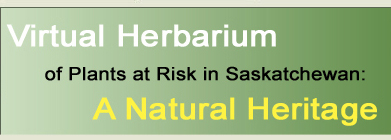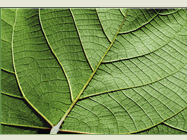
|

|

|

|

|

|

|
|
|
|
|
|
| Dichanthelium wilcoxianum (Vasey) Freckmann | Species Image Gallery (opens in a new window) |
||||||||||||||||||||||||||
| TAXONOMY | |||||||||||||||||||||||||||
| Family: | Anacardiaceae | ||||||||||||||||||||||||||
| Genus: | Dichanthelium | ||||||||||||||||||||||||||
| Species Synonyms: | Dichanthelium oligosanthes var.
wilcoxianum (Vasey) Gould & C.A. Clark Panicum wilcoxianum Vasey Panicum wilcoxianum var. breitungii Boivin |
||||||||||||||||||||||||||
| Common Names: | fall panicum Wilcox’s panicgrass witch grass sandmillet fall rosettegrass |
||||||||||||||||||||||||||
| DISTRIBUTION | |||||||||||||||||||||||||||
| Canada: | east-central Alberta –central Saskatchewan – southwestern Manitoba | ||||||||||||||||||||||||||
| Saskatchewan: | central to southern Saskatchewan; Maidstone – Prince Albert – Souris River Valley | ||||||||||||||||||||||||||
| Ecoregion: | Moist Mixed Grassland, Aspen Parkland, Boreal Transition | ||||||||||||||||||||||||||
| HABITAT | |||||||||||||||||||||||||||
| Saskatchewan: | sand barrens on dry prairie slopes and hilltops and in open, sandy pine woods | ||||||||||||||||||||||||||
| Canada: | dry prairies | ||||||||||||||||||||||||||
| RARITY STATUS | |||||||||||||||||||||||||||
| Provincial
Status According to Harms (2003): |
Threatened |
||||||||||||||||||||||||||
| Nature Conservancy Status: | G5 S1 |
||||||||||||||||||||||||||
| Saskatchewan
Species at Risk Status: |
None |
||||||||||||||||||||||||||
| COSEWIC Status: | None |
||||||||||||||||||||||||||
| Fall panicum is threatened because it is rare or uncommon in Saskatchewan and is almost always locally sparse. Possible threats have been identified for this species. | |||||||||||||||||||||||||||
| SPECIES DESCRIPTION | |||||||||||||||||||||||||||
| Height: | 10 – 35 cm tall | ||||||||||||||||||||||||||
| Roots: | fibrous | ||||||||||||||||||||||||||
| Stems: | tufted, erect to spreading or drooping, nodes hairless, internodes purplish-gray, upper 2 – 4 internodes much elongated, sparsely hairy | ||||||||||||||||||||||||||
| Leaves: | basal rosettes poorly differentiated, lower leaves 2 – 4 cm long, 1 – 6 mm broad, stiff hairs with swollen bases on both surfaces; stem leaves usually 3, well distributed on stem, 4 – 8 cm long, 2 – 5 mm wide, flat, green to greyish-green; sheaths with stiff hairs with swollen bases to hairless; ligules 0.5 – 1 mm long, of hairs | ||||||||||||||||||||||||||
| Inflorescence: | branched, 3 – 5 cm long, 2 – 4 cm wide, open, exserted; flower stalks 4 – 8 mm long, spreading | ||||||||||||||||||||||||||
| Spikelets: | 2 – 3 mm long, tip acute to rounded, hairy, often reddish; lower florets sterile | ||||||||||||||||||||||||||
| Florets: | lower glumes triangular, glumes equalling the upper florets; lower lemmas resembling the glumes; upper lemmas grooved, hardened; paleas grooved | ||||||||||||||||||||||||||
| Fruits: | grain | ||||||||||||||||||||||||||
| Other: | autumn phase branching from basal nodes | ||||||||||||||||||||||||||
| |||||||||||||||||||||||||||